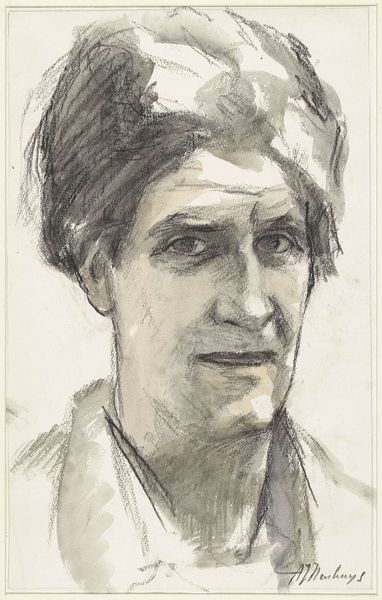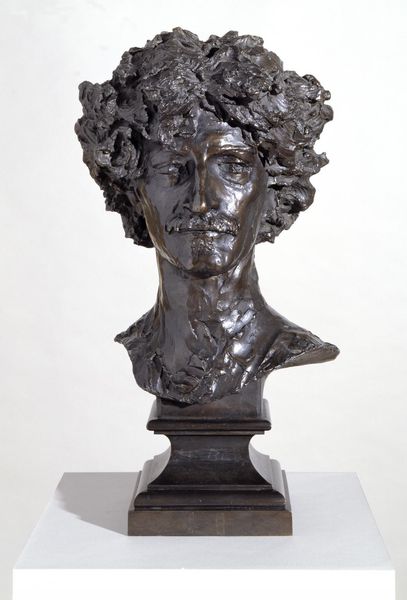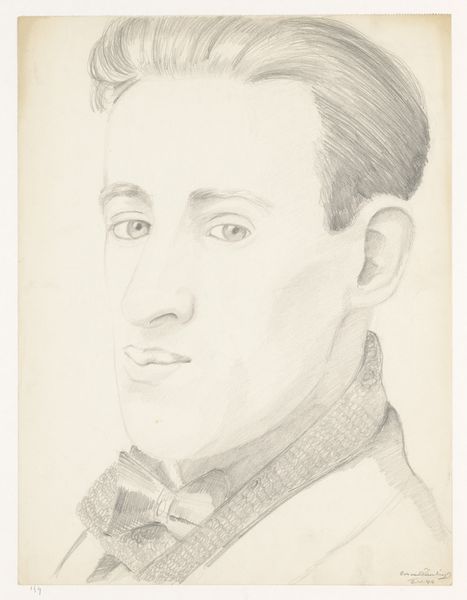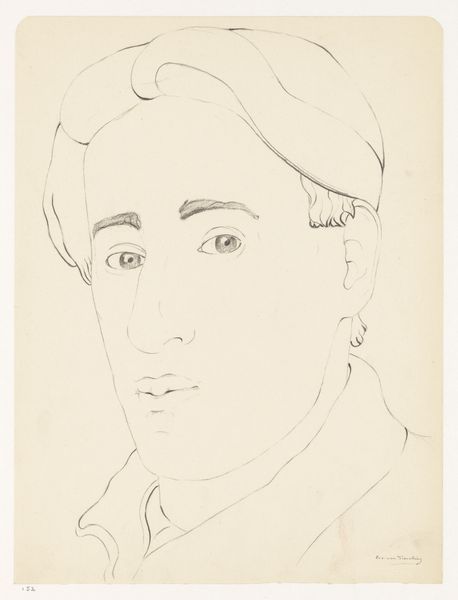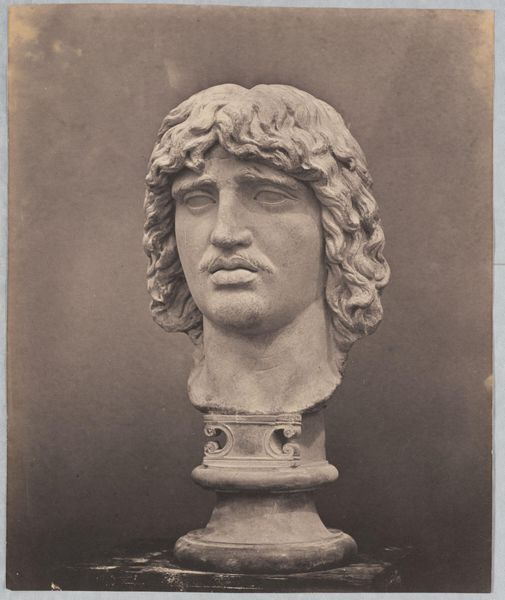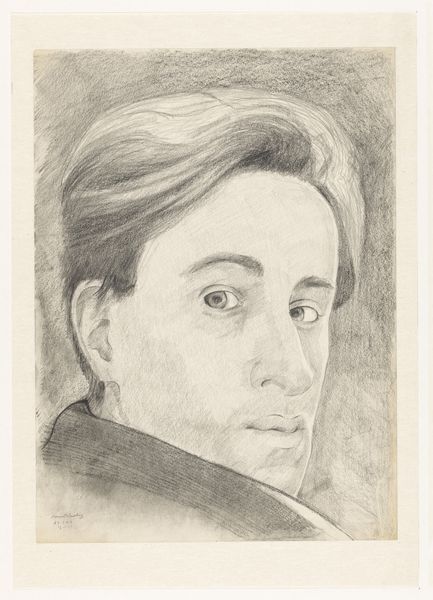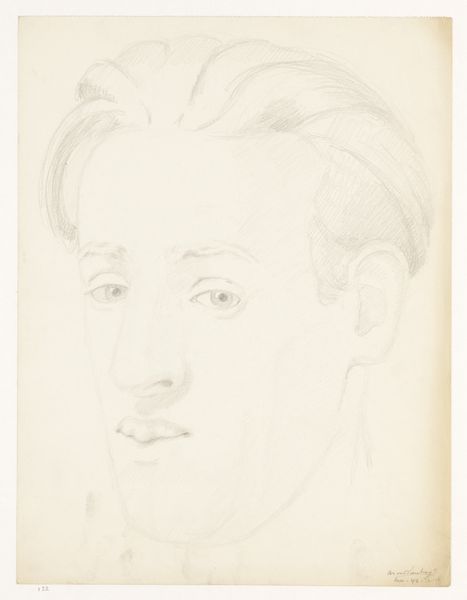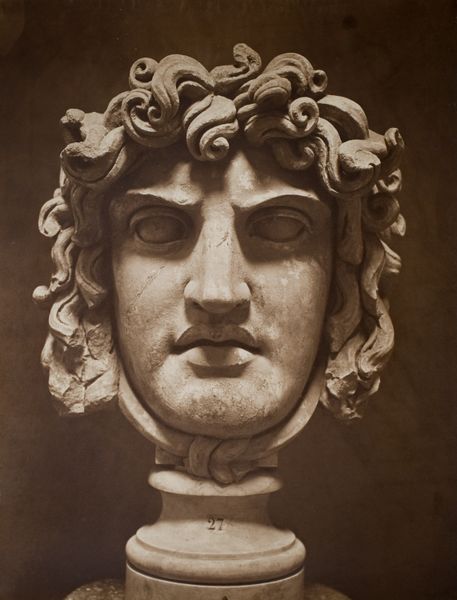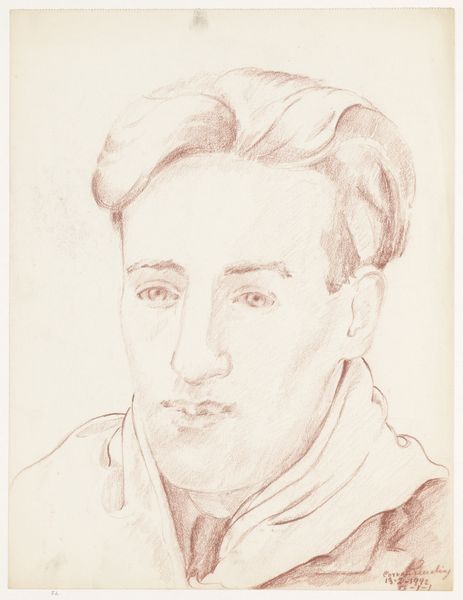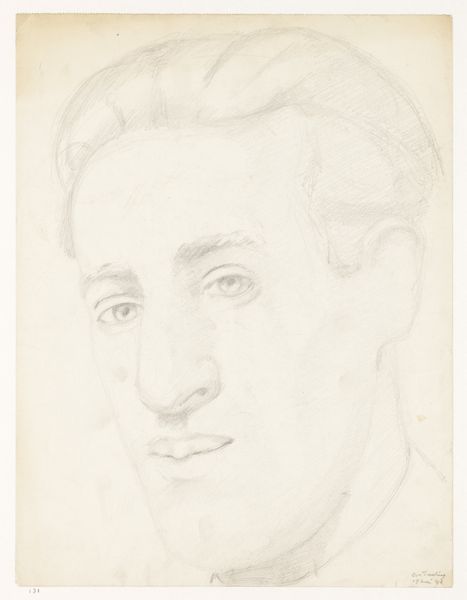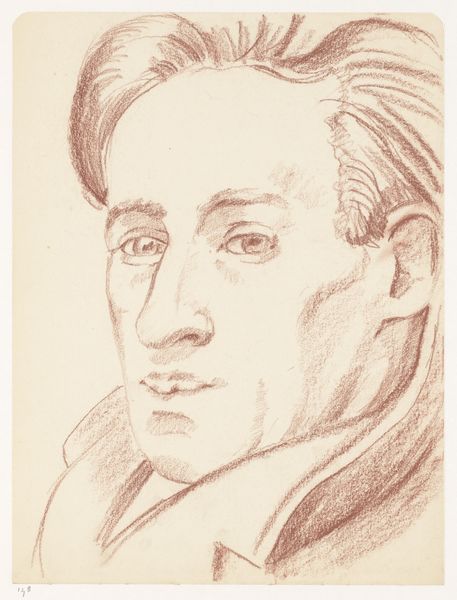
photography, gelatin-silver-print
#
portrait
#
portrait
#
postmodernism
#
photography
#
gelatin-silver-print
Dimensions: image/sheet: 25.4 × 20.32 cm (10 × 8 in.) framed: 27.31 × 22.23 cm (10 3/4 × 8 3/4 in.)
Copyright: National Gallery of Art: CC0 1.0
Editor: Here we have David Robbins’s portrait of Robert Longo, taken in 1986 using a gelatin-silver print. The contrast really grabs me, and I’m curious about how its starkness plays into the reading of the image. What aspects of the composition do you find most striking? Curator: The chiaroscuro is indeed the primary structuring element. Note how the artist strategically uses the dark tones to create a visual weight that anchors Longo’s gaze. Consider how the angle and contrast serve to manipulate our perception of Longo’s features. The starkness emphasizes not just form, but the material qualities of the print itself. What sort of meaning can be extracted by considering the emphasis of materials here? Editor: So you’re suggesting that it’s not just about *who* is in the image, but *how* the image is made that conveys meaning? Like, maybe the silver gelatin emphasizes a sense of classical portraiture even in this postmodern context? Curator: Precisely. Think of how the formal arrangement of light and shadow, coupled with the materiality of the gelatin-silver print, guides our eye. Does the hair framing his face have more presence given these artistic choices? This manipulation allows Robbins to imbue a sense of personality through tonal shifts and arrangements, inviting viewers to dissect its very construction and technical facility. Does focusing on these technical components add value to the work, in your opinion? Editor: Definitely. It shifts my understanding from seeing it as a straightforward portrait to seeing it as a statement about the construction of image and identity through very specific aesthetic choices. Curator: An important realization that reframes how we understand not only the art, but how it affects our own cultural biases as viewers.
Comments
No comments
Be the first to comment and join the conversation on the ultimate creative platform.
